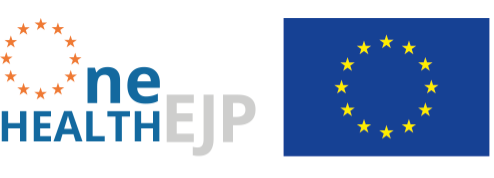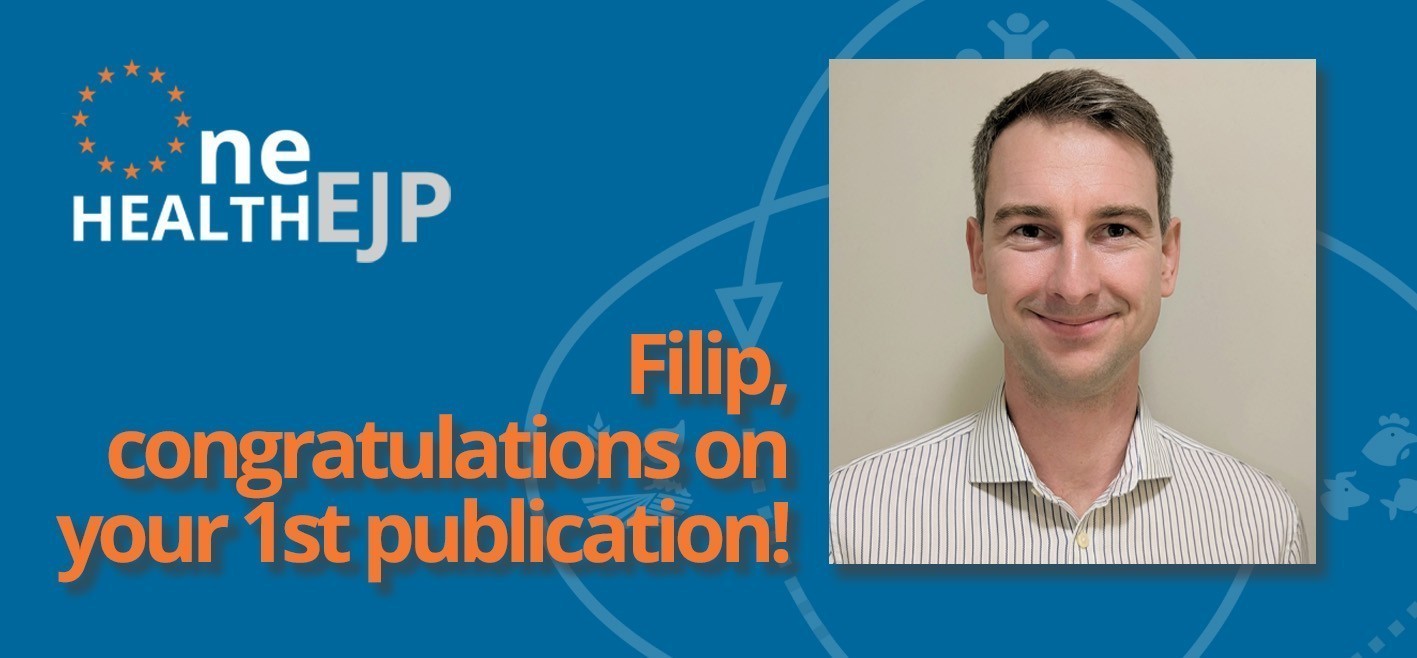Filip works at École nationale vétérinaire d’Alfort – EnvA and Anses on PhD project ToxSauQMRA. His research assesses the hazard of the zoonotic parasite, Toxoplasma gondii, for European public health. The lifecycle of this parasite involves different animal species and humans.
Upon infection, feline species shed the parasite’s eggs (known as oocysts) via their faeces into the environment. Birds and mammals, including humans, can become infected and develop tissue cysts in their tissues when accidentally ingesting oocysts from contaminated soil, water or fresh produce or when they consume tissue cysts in raw or undercooked meat. Surveillance for Toxoplasma gondii in animal populations is vital to understand the public health risk.
Filip’s article described a novel model estimating the age-dependent seroprevalence of Toxoplasma gondii in livestock, wildlife, and felids in Europe based on a literature review that analysed prevalence data from the final set of 226 eligible publications. In this case, seroprevalence is the percentage of individuals in a population who have antibodies in their blood, showing that they have been infected by T. gondii.
Key results:
• The lowest estimated seroprevalence was observed for indoor-kept lagomorphs at 4.8%.
• The highest estimated seroprevalence was observed for outdoor-kept sheep at 63.3%.
• Overall T. gondii seroprevalence results were estimated to be the highest within Eastern Europe.
Thanks to all co-authors for their contributions to this publication!
Dámek, F., Swart, A., Waap, H., Jokelainen, P., Le Roux, D., Deksne, G., Deng, H., Schares, G., Lundén, A., Álvarez-García, G., Betson, M., Davidson, R. K., Györke, A., Antolová, D., Hurníková, Z., Wisselink, H. J., Sroka, J., van der Giessen, J. W. B., Blaga, R., Opsteegh, M. (2023). Systematic Review and Modelling of Age-Dependent Prevalence of Toxoplasma gondii in Livestock, Wildlife and Felids in Europe. Pathogens. 12(1), 97.
Read this research article here.






